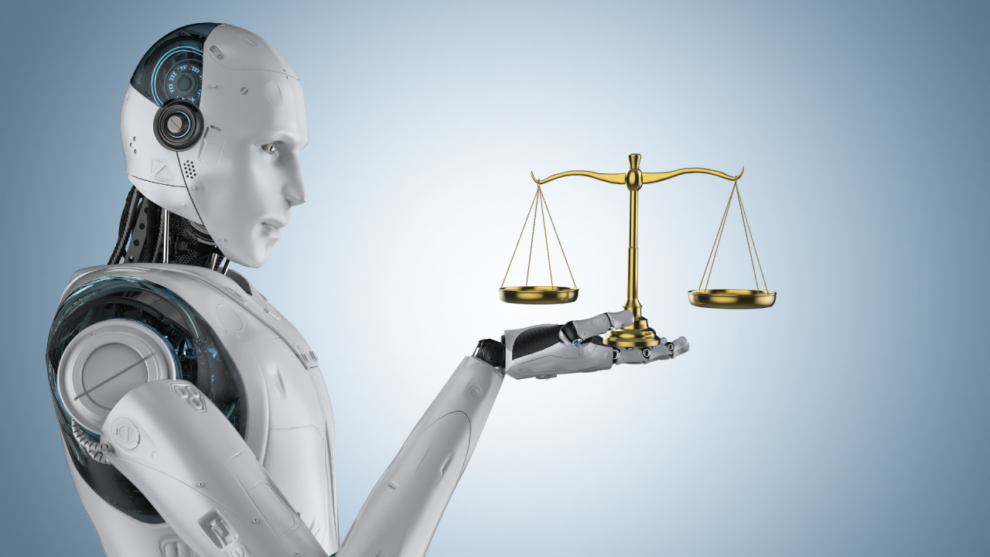In a development that has sparked both intrigue and apprehension, police departments across the United States are turning to AI chatbots to assist in writing crime reports. From Oklahoma City to Fort Collins, officers are leveraging software like Axon’s Draft One to automatically generate reports from body camera footage. These AI-powered tools aim to streamline the laborious process of documentation, freeing up valuable time for officers to focus on core policing duties. However, this technological leap raises critical questions about accuracy, accountability, and the potential impact on the legal system.
Efficiency vs. Accuracy: The Trade-Off
Proponents of AI-generated reports argue that they drastically reduce the time officers spend on paperwork. Studies suggest that officers can spend up to half their shift on administrative duties. With AI, this time could be significantly reduced, allowing for increased patrols and faster response times. Additionally, supporters claim that AI can enhance the objectivity of reports, minimizing human bias and potential errors.
However, critics raise concerns about the accuracy and reliability of AI-generated reports. AI models, while sophisticated, are still prone to errors and misinterpretations. There is a risk that critical details could be missed or misrepresented, leading to incomplete or inaccurate accounts of events. Furthermore, the lack of human judgment in the report-writing process raises questions about accountability. If errors occur, who is to blame – the officer, the software developer, or the AI itself?
The Courtroom Conundrum
Perhaps the most pressing question is how AI-generated crime reports will hold up in court. The admissibility of such evidence is uncharted territory. Defense attorneys are likely to challenge the reliability and objectivity of these reports. Will judges and juries trust an algorithm’s interpretation of events? Will the absence of a human touch undermine the credibility of these reports?
Moreover, the use of AI in law enforcement raises broader ethical and legal concerns. Could algorithms perpetuate biases present in the data they are trained on? How can we ensure transparency and accountability in the use of AI for such crucial tasks? These are complex issues that demand careful consideration and regulation.
The Human Element: Irreplaceable?
While AI undoubtedly has the potential to streamline the report-writing process, it is crucial to remember that policing is inherently a human endeavor. The ability to empathize, exercise discretion, and make nuanced judgments based on complex situations is something that AI cannot replicate.
An AI chatbot might be able to generate a report based on body camera footage, but it cannot capture the subtle cues, emotions, and context that a human officer can observe and interpret. In sensitive situations, such as domestic disputes or mental health crises, the human touch is vital.
The Road Ahead
The integration of AI into police work is still in its nascent stages. The technology is evolving rapidly, and it is too early to predict its full impact on the legal system. However, one thing is clear: AI is here to stay.
To harness the benefits of AI while mitigating its risks, it is essential to establish clear guidelines and regulations for its use. Transparency, accountability, and human oversight must be prioritized. AI should be seen as a tool to augment human capabilities, not replace them.
The adoption of AI chatbots for crime reports is a bold step towards modernizing law enforcement. It holds the promise of increased efficiency, objectivity, and faster response times. However, it also poses challenges related to accuracy, accountability, and the admissibility of evidence in court.
As we navigate this uncharted territory, it is crucial to strike a balance between technological innovation and the preservation of human judgment and empathy in policing. Only by doing so can we ensure that justice is served, both in the precinct and in the courtroom








